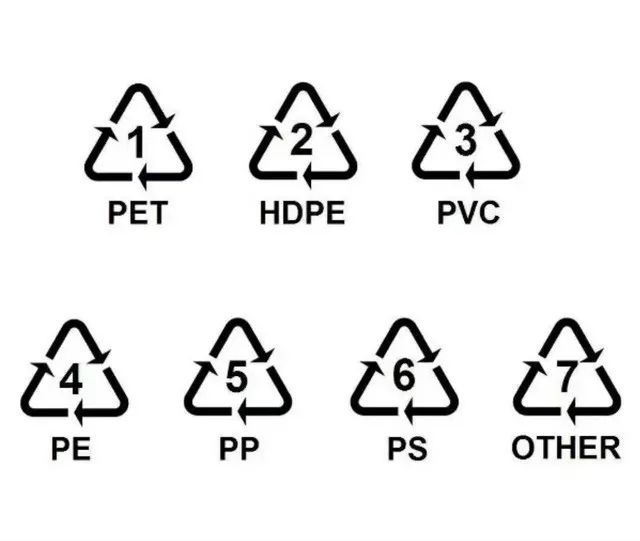Using plastic cups made of food grade AS/PP/PE and other materials to hold cold water is safe. But if plastic cups are used to hold hot water, some materials will undergo different chemical/physical changes if they exceed a certain temperature. PETG is an FDA certified food grade plastic material that does not contain bisphenol A and does not release harmful substances. However, most thin-walled products are prone to slight softening or deformation in the face of high temperatures above 80 ° C, which affects safety in use.

So, when using resin (plastic) cups, it is important to pay more attention. In cold water, it is safe and healthy. On the contrary, holding hot water above 80 ° C may have some concerns, although daily food grade materials need to comply with the standards of the country and region where they are located:
EU: Since 2005, the EU has recently issued Directive 2004/1935/EC on substances in contact with food, which became mandatory on October 27, 2006. Materials that come into contact with food exported from the European Union must comply with the relevant standards of 1935/2004/EC.
US: FDA testing, US Food and Drug Administration (FDA): LFGB testing.
In September 2005, the German New Food and Dietary Products Act LFGB also replaced the Food and Daily Necessities LMBG.
However, AS can be used for packaged food applications in Europe and America, while there are significant differences in food consumption in China, as in Europe and America, most of the food is cold drinks, while in China, hot food is habitually consumed and is not suitable for packaging.
So, without a thorough understanding of the various technological processes of plastic cups on the market, it is not recommended to use plastic cups to hold high-temperature hot water for a long time (especially for cups that have a strange smell when encountering high temperatures). Plastic is a polymer, and from a microscopic perspective, there is a certain proportion of small molecules on the surface, some of which dissolve to varying degrees at high temperatures, although the amount is very small.




